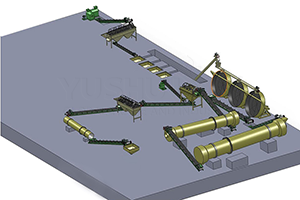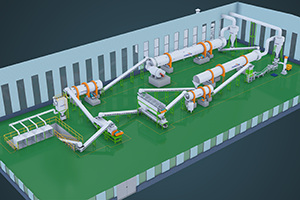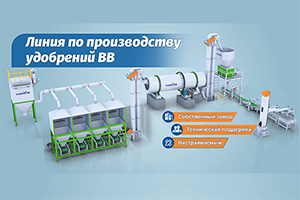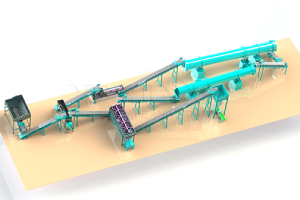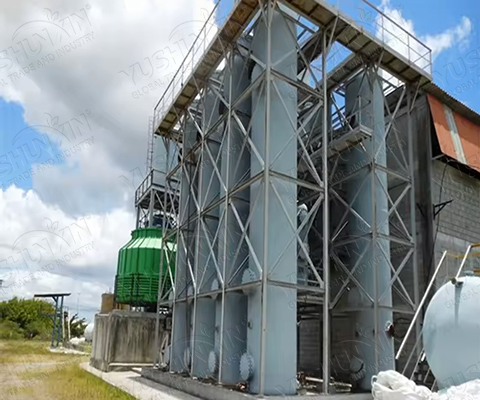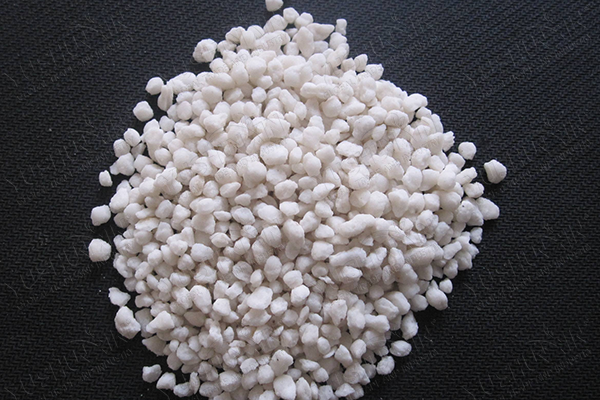Jach, There are several different Methods for obtaining potassium sulfate (K2SO4). Each of them has its own characteristics and applicable situations. Below is a more detailed breakdown of the six popular Potassium sulphate production processes.
Mannheim craftsmanship
This is the traditional process for the production of potassium sulphate. In the Mannheim process, potassium chloride (Kcl) and sulfuric acid (H2SO4) react at high temperature in a specially designed furnace. The reaction produces potassium sulfate and hydrogen chloride gas (Hcl). Hydrogen chloride can be harvested and used commercially as a by-product. This process requires high energy costs. Corrosion-resistant equipment is also needed, able to withstand high temperatures and corrosive gases.
Double decomposition process of potassium sulfate and chloride
In this method, potassium sulfate is obtained double decomposition reaction calcium sulfate (CaSO4) and potassium chloride (Kcl) in an aqueous solution. During the reaction, calcium sulfate is first dissolved in water to form ions. It then reacts with potassium chloride to form potassium sulfate and calcium chloride (CaCl2). This usually needs to be done at certain temperatures and concentrations of the solution, to ensure maximum yield and cleanliness.
Cooling crystallization method
Cooling crystallization method Uses the difference in solubility of potassium chloride and magnesium sulfate (MgSO4) Depending on the temperature. In this method, magnesium sulfate and potassium chloride can be obtained, respectively, from an untreated solution, extracted from a mine or salt lake, after a series of evaporation and cooling stages. Potassium sulfate is separated from the mother liquor by further processing, Je'ebix., crystallization during cooling.
Ion exchange method
Método ion exchange – modern technology for the production of potassium sulfate. It uses resin or other ion-exchange materials to adsorb potassium ions from the solutions, containing potassium. After saturation of the resin, potassium ions can be eluted from the resin using a concentrated solution of sulfuric acid. In this way, potassium sulfate is obtained. This method allows potassium to be efficiently extracted from a variety of sources, including wastewater and seawater.
Sulfur Ore Combustion Process
In this process, sulfur-containing ores (Je'ebix., Pyrite FeS2) are miscible with potassium chloride and heated to high temperatures for combustion. Sulphuric acid and sulphuric acid, formed as a result of the reaction, can react with potassium chloride to form potassium sulfate. This process also solves environmental problems, Sulfur Ore Related. After all, sulfur waste can be turned into useful chemical products.
Electrolysis Method: Potassium Sulphate Production
Electrolysis produces potassium sulfate by electrolysis of the solution, containing sulphuric acid and potassium chloride. During electrolysis, the water in the solution breaks down into hydrogen ions and oxygen ions. They react at the cathode and anode respectively. During this process, hydrogen ions can combine with sulfate ions to form potassium sulfate. Oxygen ions can combine with chloride ions to form chlorine gas.
Each method has its pros and cons. Je'ebix., The Mannheim process is capable of producing high-purity potassium sulphate. However, the energy consumption is high, The cost is high, And the material requirements for the equipment are high. The double decomposition process is relatively simple. However, by-products can be formed (such as calcium chloride), Difficult to Handle. The cooling crystallization method is suitable for the treatment of K and Mg salts in natural mineral or sea water. The ion exchange method and the electrolysis method are generally suitable for the development of high-purity potassium sources. If you need more Solutions for Potassium Sulphate Production, Mix ba'ale', Contact Us!



